Effect of acceptance and commitment therapy on rehabilitation patients with spinal cord injury
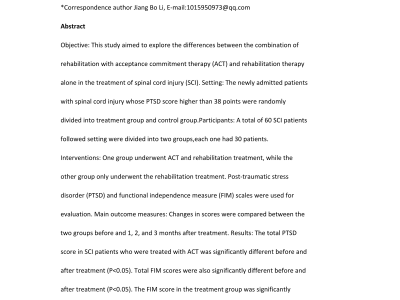
- Citation Author(s):
-
Lin Bin-LaiHu Jian-HuiZhang Wen-YaQiu Fu-HuaZhang Zhi-LiangFan HongLu MinLi Jiang-Bo
- Submitted by:
- Huang Gang
- Last updated:
- DOI:
- 10.21227/zw36-y940
- Data Format:
 161 views
161 views
- Categories:
- Keywords:
Abstract
Abstract
Objective: This study aimed to explore the differences between the combination of
rehabilitation with acceptance commitment therapy (ACT) and rehabilitation therapy
alone in the treatment of spinal cord injury (SCI). Setting: The newly admitted patients
with spinal cord injury whose PTSD score higher than 38 points were randomly
divided into treatment group and control group.Participants: A total of 60 SCI patients
followed setting were divided into two groups,each one had 30 patients.
Interventions: One group underwent ACT and rehabilitation treatment, while the
other group only underwent the rehabilitation treatment. Post-traumatic stress
disorder (PTSD) and functional independence measure (FIM) scales were used for
evaluation. Main outcome measures: Changes in scores were compared between the
two groups before and 1, 2, and 3 months after treatment. Results: The total PTSD
score in SCI patients who were treated with ACT was significantly different before and
after treatment (P<0.05). Total FIM scores were also significantly different before and
after treatment (P<0.05). The FIM score in the treatment group was significantly
higher than that in the control group after 2 and 3 months of treatment (P<0.05).
Conclusion: The combination of rehabilitation therapy and ACT could immediately
reduce stress levels and significantly improve impaired function, lifelong self-care
ability, and the effect of rehabilitation therapy.
Instructions:
Figure A and B:
A:▲:Comparison of total PTSD scores of the treatment group within before and after 1, 2 and 3 months treatment(P<0.01).▼:Comparison of total PTSD scores between treatment group and control group(P<0.01).■:Look at the control group, there was no significant difference between before treatment and 1 month after treatment(P>0.05), but there was significant difference in the 2 months after treatment(P<0.05), and the difference was more significant in the 3 months after treatment(P<0.01).
B: ▲:Comparison of the total FIM scores of the treatment group before and after 1, 2 and 3 months treatment(P<0.01).▼:Comparison of total FIM scores between treatment group and control group(P<0.01).■:Comparison of total PTSD scores of the control group before and after treatment in 1, 2 and 3 months(P<0.01).
Data expressed as mean ± standard error (SEM)
Figure C
The modified Barthel Index according to FIM scale was correlated with the total score of PTSD, and the data was expressed as mean ± standard error (SEM) * P < 0.05, * * P < 0.01.


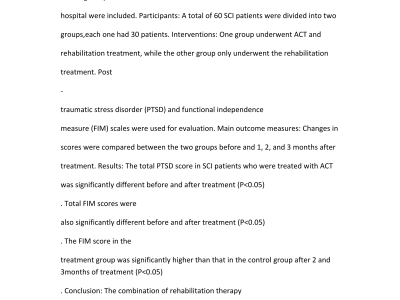
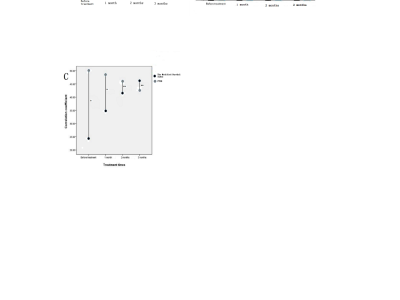
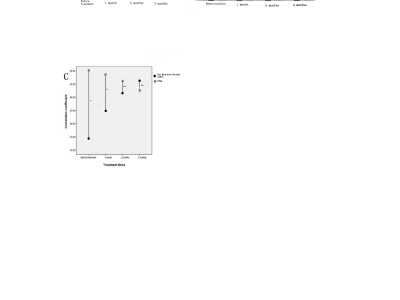
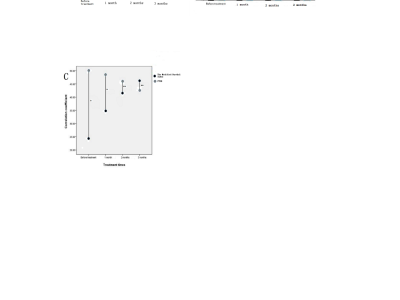
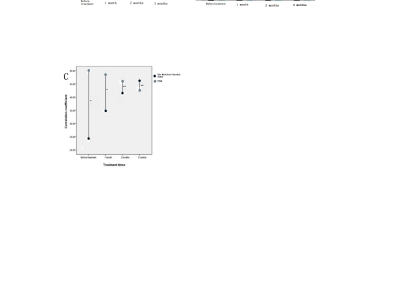
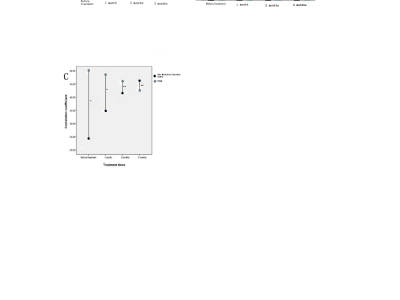
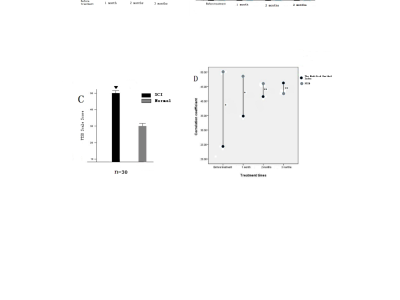
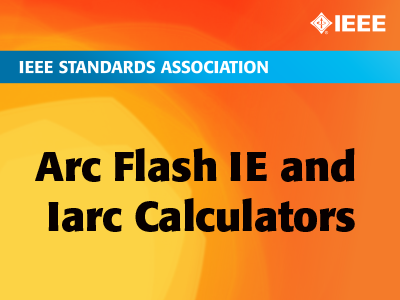
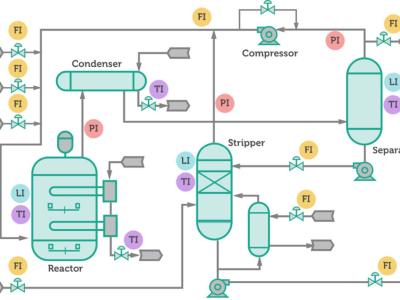
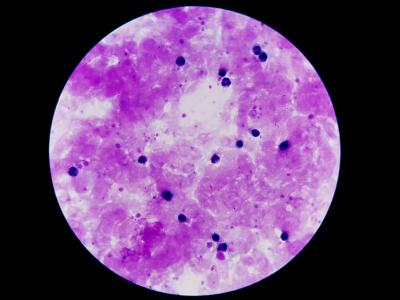



This research report was studied under the guidance of my master's supervisor Zhu Zhuohong,written under my doctoral supervisor Li Jiangbo after five years of research and observation by our team.We hope that our results can help the patients with spinal cord injury with serious psychological problems to get out of the psychological shadow as soon as possible, return to the family and society, and help other disabled people as much as possible.
Considering the privacy of patients, we did not upload the patient's pictures in the article.
Please help keep the uploaded data confidential before publishing.Thank you.